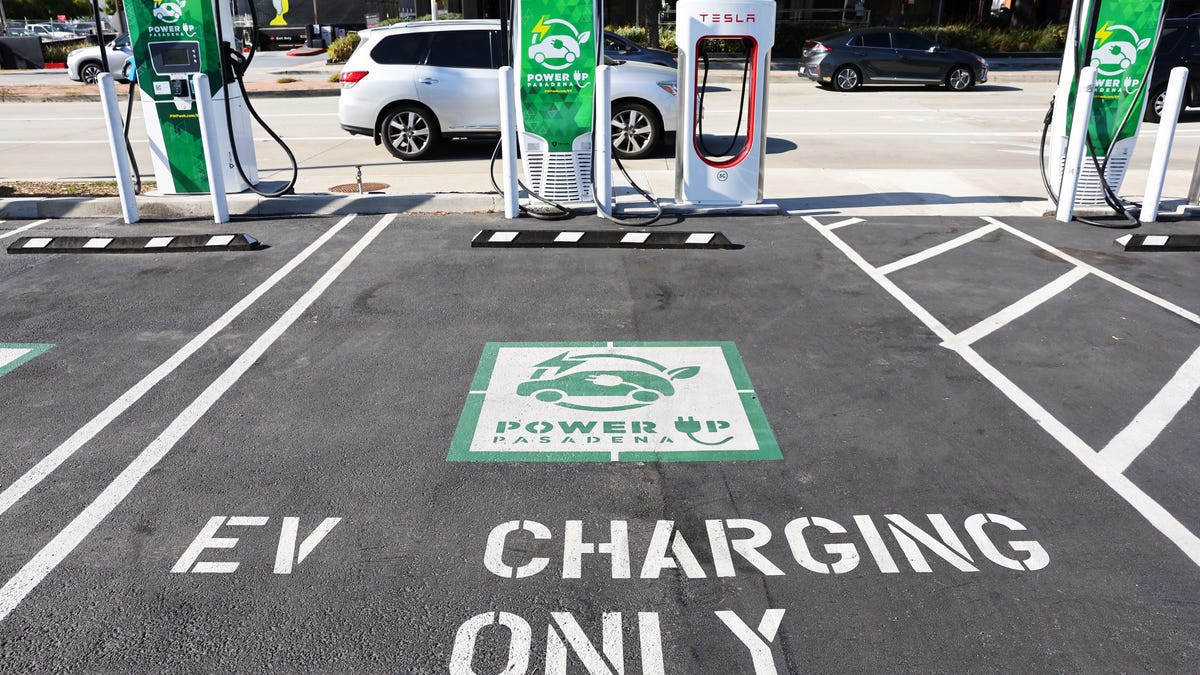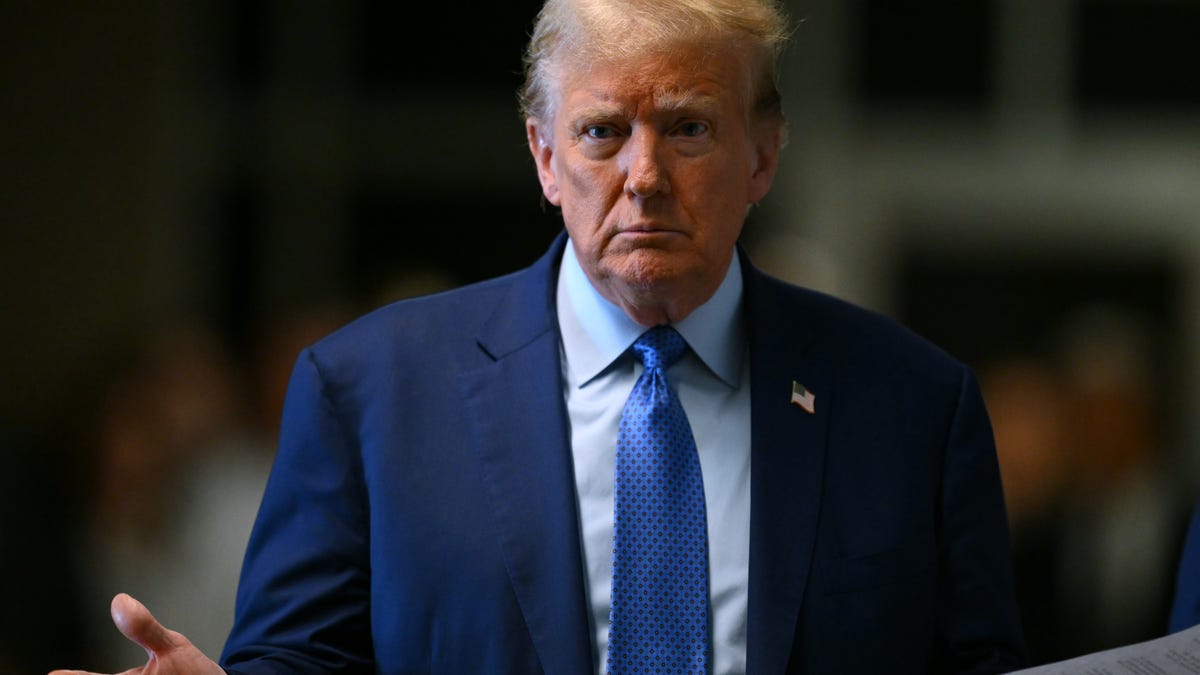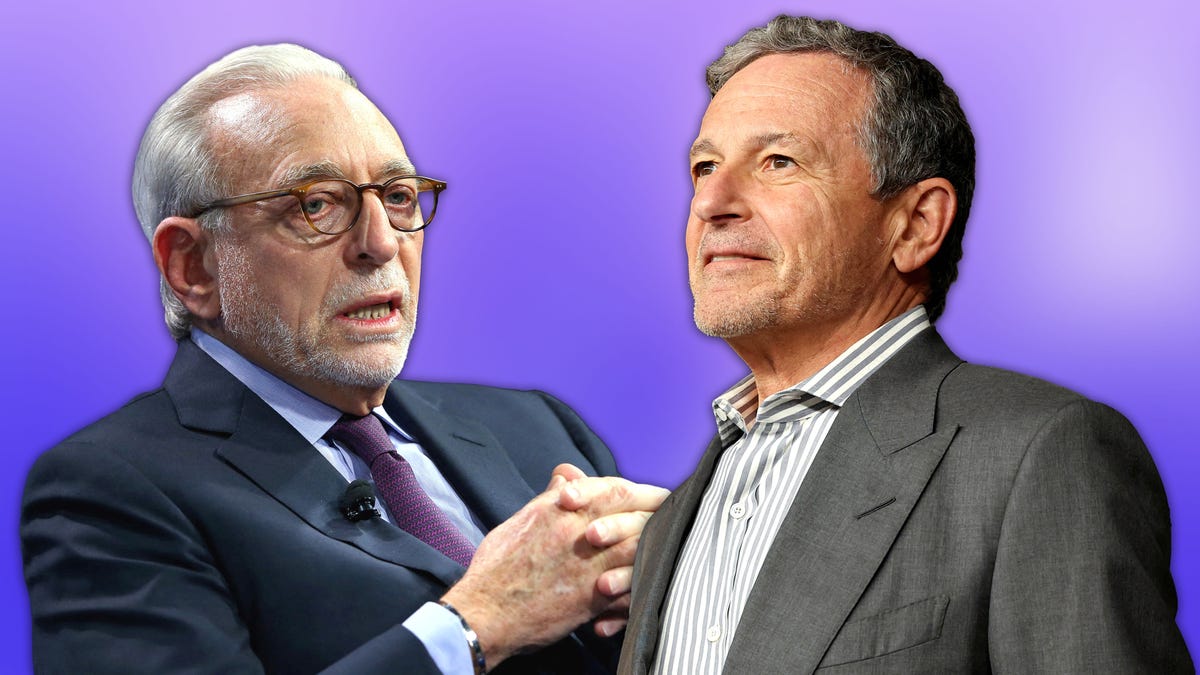California Leads the Way in EV Infrastructure
Despite years of effort to promote electric vehicles (EVs) to consumers, automakers in the United States continue to struggle with a lack of charging infrastructure. However, California, a frontrunner in the EV market, seems to have tackled this issue effectively, ensuring that its residents have convenient access to charging stations.
Progress in California
California Governor Gavin Newsom recently announced that there is now one EV charging station for every five gas stations in the state, catering to a population of over 39 million people. The state boasts 105,000 public or shared private electric charging stations and 500,000 at-home chargers. Furthermore, California has approved a $1.9 billion investment to deploy an additional 40,000 EV chargers statewide, following a previous $1.8 billion investment in zero-emission vehicle (ZEV) infrastructure.
In a video shared on social media, Governor Newsom emphasized California’s commitment to leading the charge towards a low-carbon, green growth future, transitioning away from traditional combustion engines.
Challenges and Solutions
One of the primary obstacles to increasing EV sales is the lack of easy access to charging stations. This issue has been acknowledged by various industry figures, including Ford Motor Co.’s CEO and the U.S. Secretary of Energy. Studies have shown that a significant portion of attempts to use public EV chargers end in failure, highlighting the importance of robust charging infrastructure.
California’s ambitious plan to phase out the sale of new gasoline-only cars by 2035 depends heavily on expanding access to charging stations. Starting in 2026, a mandate will require 35% of all new car sales to be electric or plug-in hybrids, aiming to push the state towards a more sustainable transportation ecosystem.
Industry Collaboration
To address the need for expanded charging networks, major automakers are making strategic moves. Partnerships with Tesla to adopt the North American Charging Standard (NACS) have been pivotal in offering customers widespread access to charging infrastructure. Ford was the first major automaker to sign such a deal, enabling its customers to utilize Tesla’s Superchargers across North America.
Additionally, a consortium of seven automakers, including Stellantis, GM, and Mercedes-Benz, has come together to launch the IONNA charging network. With a goal of establishing at least 30,000 charging stations by 2030, the network aims to be compatible with both Tesla’s NACS and the Combined Charging System (CCS), offering a seamless charging experience for EV owners.
Image/Photo credit: source url





